
Wednesday, July 25, 2012
"Meditative Scene at the Met, Remembering"
6:18pm

Wednesday, July 25, 2012
"Meditative Scene at the Met, Remembering"
6:18pm
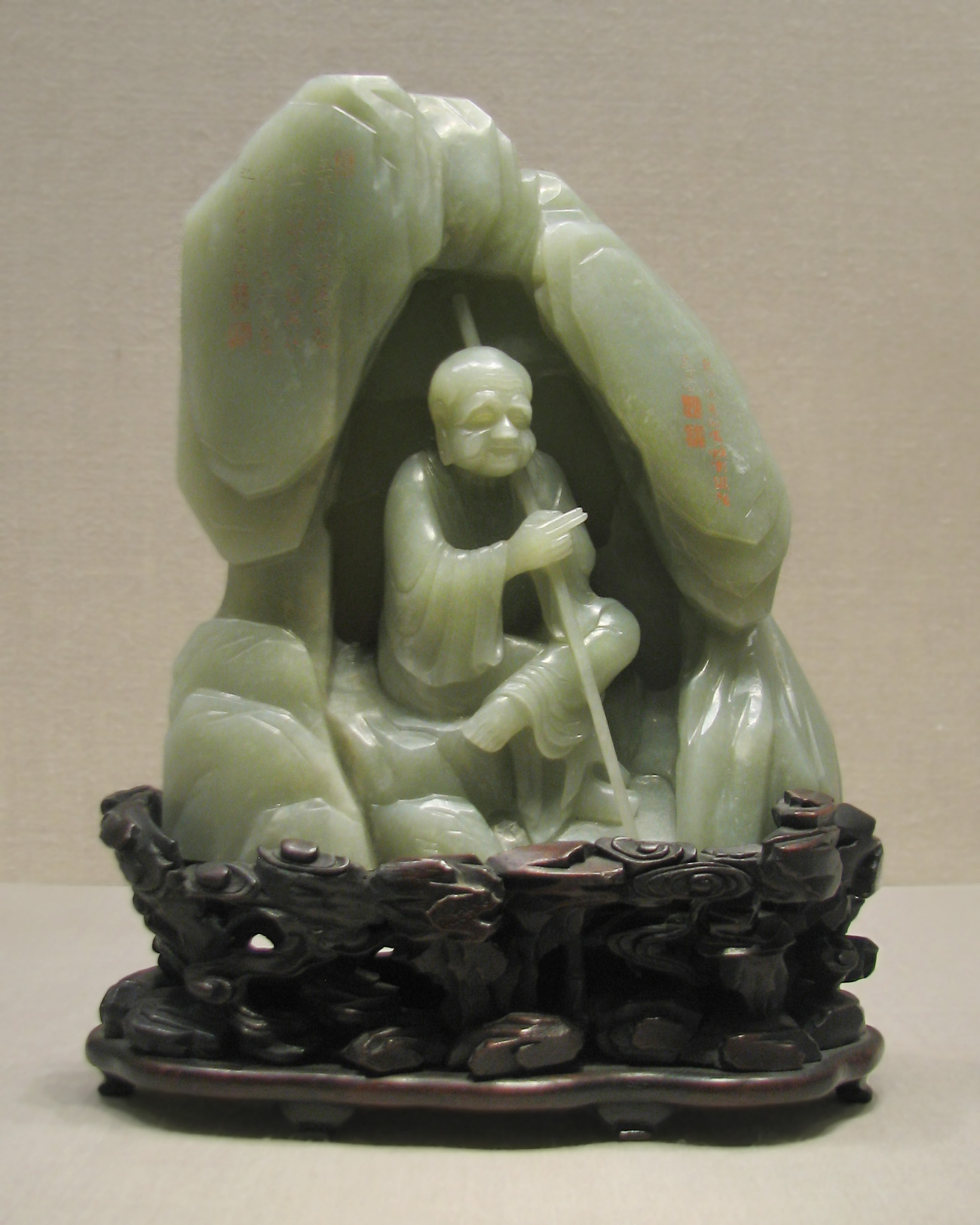 Seated Luohan (Arhart) in a Grotto Qing dynasty (1611-1911), 18th century Jade (nephrite) Gift of Heber R. Bishop, 1902, MMA 02.18.640 |

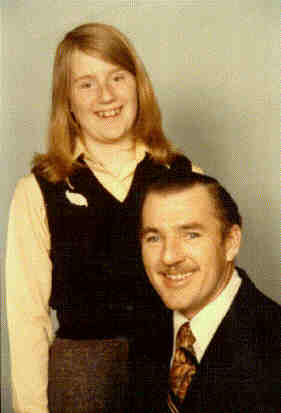
|
Julia thoughtfully picked up John Romer's Valley of the Kings for me when we were at the library. Oh, she read it too, but she also got it with me in my mind. Tonight I read about Horemheb's tomb:
"Horemheb's tomb continued Akhenaten's innovation of decorating the royal tomb in relief which, at Thebes, was cut into the fine even-grained limestone of the
tombs. But the timetable that this imposed upon the workforce was a novel one and they did not complete the decoration in time for the king's funeral. All over
the tomb there are examples of this half-finished work, left as the gangs stopped one evening more than three thousand years ago. Some of the scenes are merely
sketched in by the first outline draughtsmen but with an ease and beauty that still seems fresh; other areas, having been drawn, bear the marks of a careful
checking and correction while further sections of the scenes show various stages of the carving, the initial outlining of the figures, the cutting down of the
backgrounds, the modelling of the forms upon the elements in the scenes, and all the rest of the laborious process right through to the final finished and painted
reliefs. Only the great figures of the gods and the king in the well scenes were actually completed in the tomb and they, as Maspero was quick to observe in an
early visit to to tomb, bear a distinct resemblance to similarly positioned figures in the tomb of Seti I."
I remembered the lovely photos William Petty took in this tomb, and enjoyed them again:
|
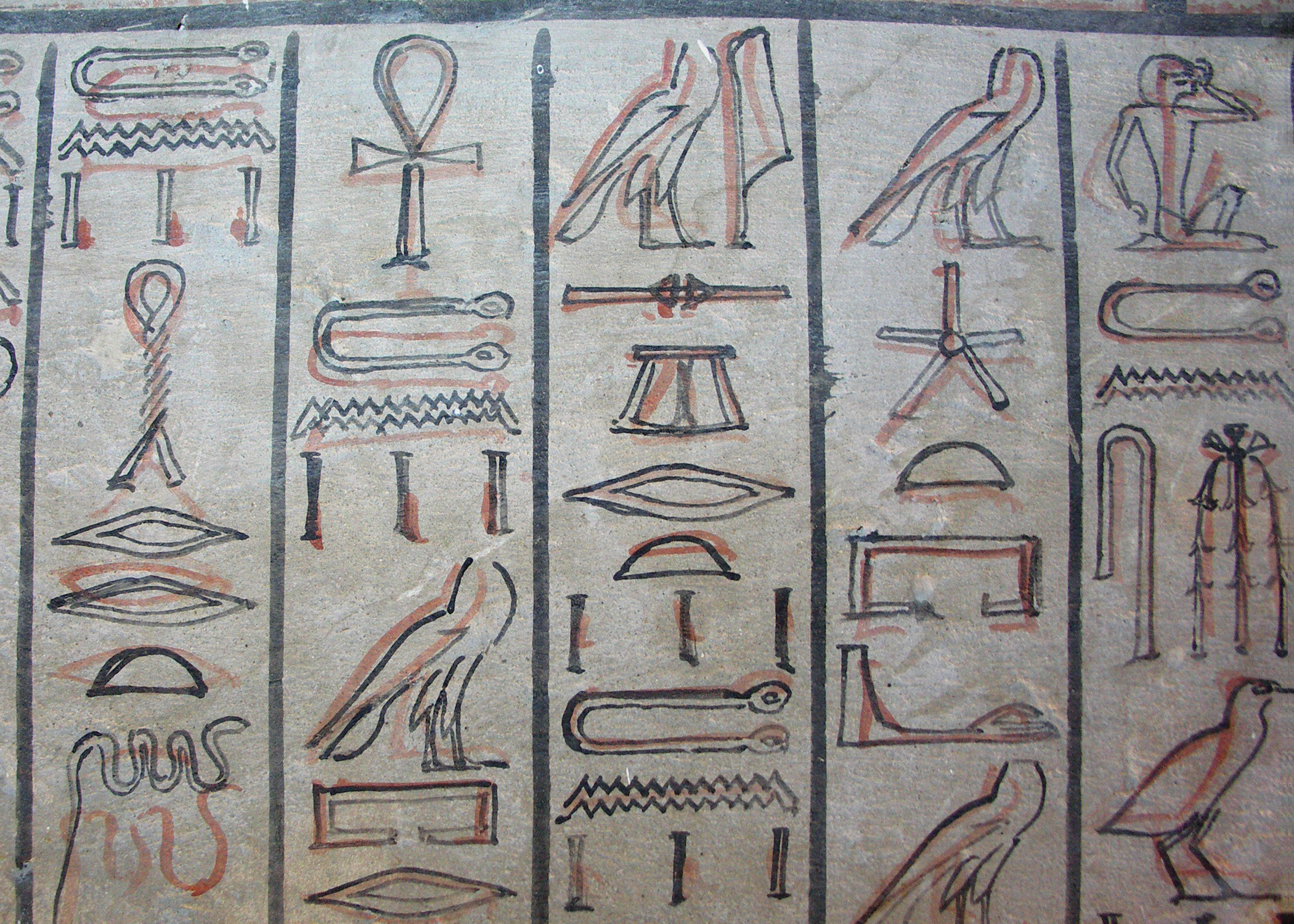
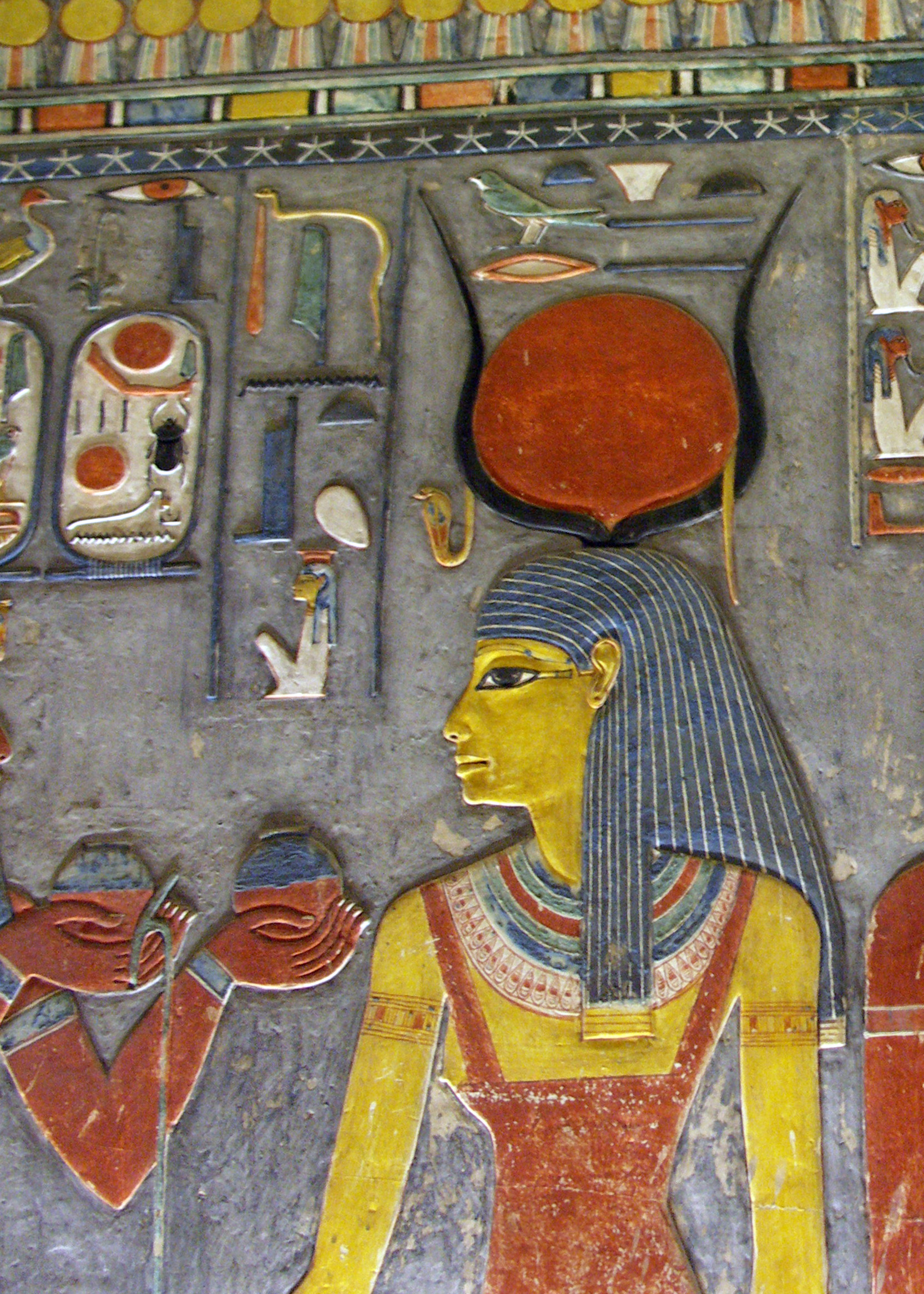
At first I thought she was Hathor, on account of the headdress, but the glyphs to the left identify her as Isis (aka Aset)
Above her, the adjective "Great" is there...
(Photo credit for these three photos © William Petty)
|
I wanted to find out the meaning of Isis' titulary in Horemheb's tomb and did a search for "KV 57 and Isis". I wasn't able to find any more than a mention in the book search. I did find a description at osirisnet.net: of the larger scene of which Isis is playing a part. "Horemheb, wearing the kilt with a centre piece but of a different colour, then offers wine to Isis, who is wearing the two horns and solar disk on her head; she in return offers him the "regalness of Wennefer (Osiris)". Her dress is similar to that worn by Hathor. She holds the Was-sceptre and Ankh in her hands." The book that offered a mention of Isis in KV 57 did have some interesting info: Rolf Gundlach describes Horemheb in his tomb. "The dead king after having entered the tomb was still Horus as the reigning king. When the burial ceremony was finished the king started to play the role of Osiris as the father of the new ruling king 'Horus'. The transition from the status as Horus to the status as Osiris can be shown by the decoration of the shaft and of the antechamber adjacent to the sarcophagus chamber." ("'Horus in the Palace': The Centre of State and Culture in Pharaonic Egypt" (Egyptian Royal Residences, Fourth Symposium on Egyptian Royal Ideology, Edited by Rolf Gundlach and John H. Taylor, (Otto Harrassowitz GmbH & Co. KG. Wiesbaden 2009) page 59) "We have to look for the place in the tomb where the transition can be clearly seen: it is the western wall of the shaft, where the king's title as Osiris first occurs. The ritual performed in the shaft chamber is the visible sign of this transition. One scene shows e.g. Hathor who tells the king that she has fixed him on the throne of 'his father Osiris'. (Gundlach, page 59)
I went to osirisnet.net to find out which scene this is. Benderitter and Hirst do have a photo and a description: |
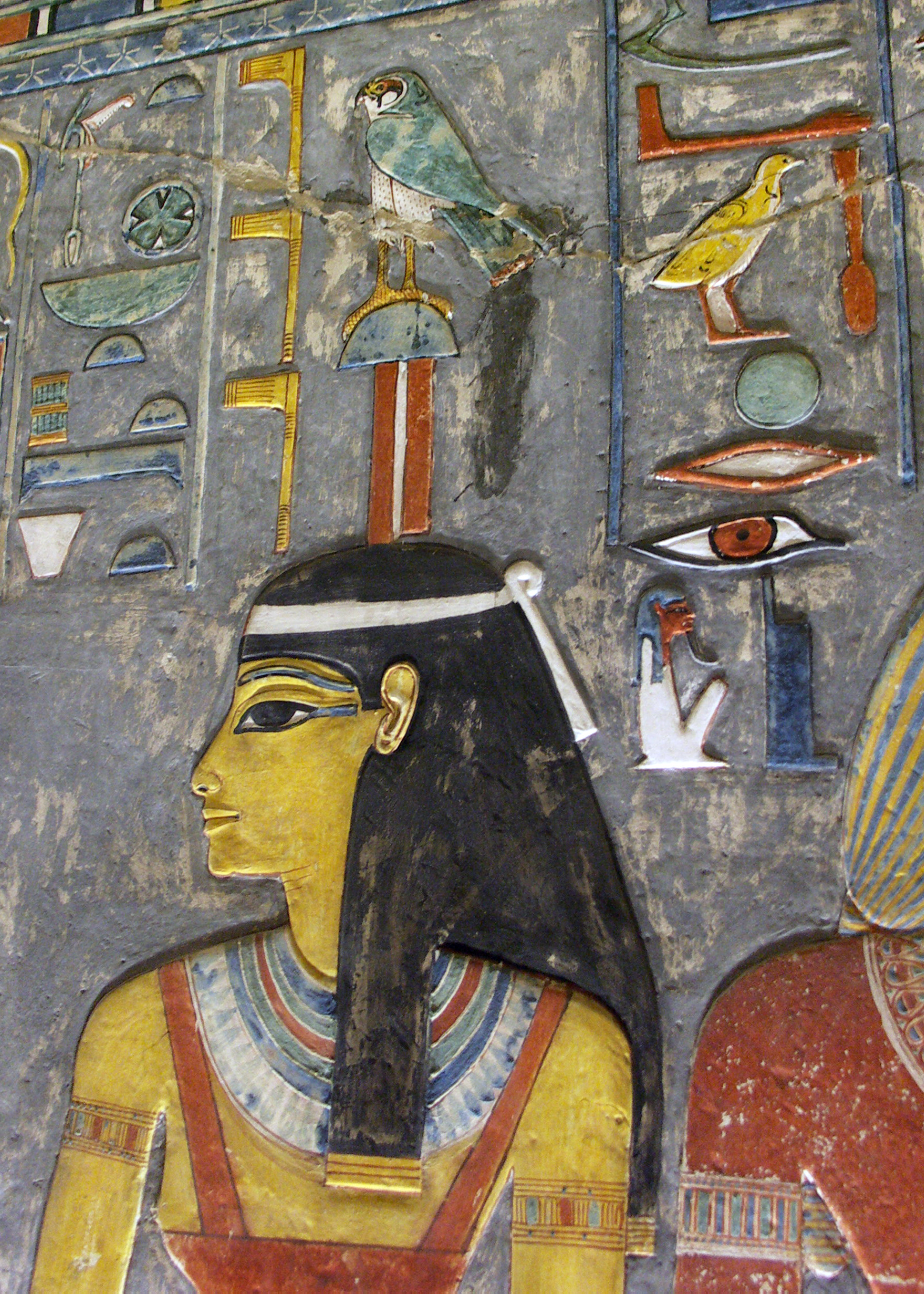
![]()
© Joan Ann Lansberry